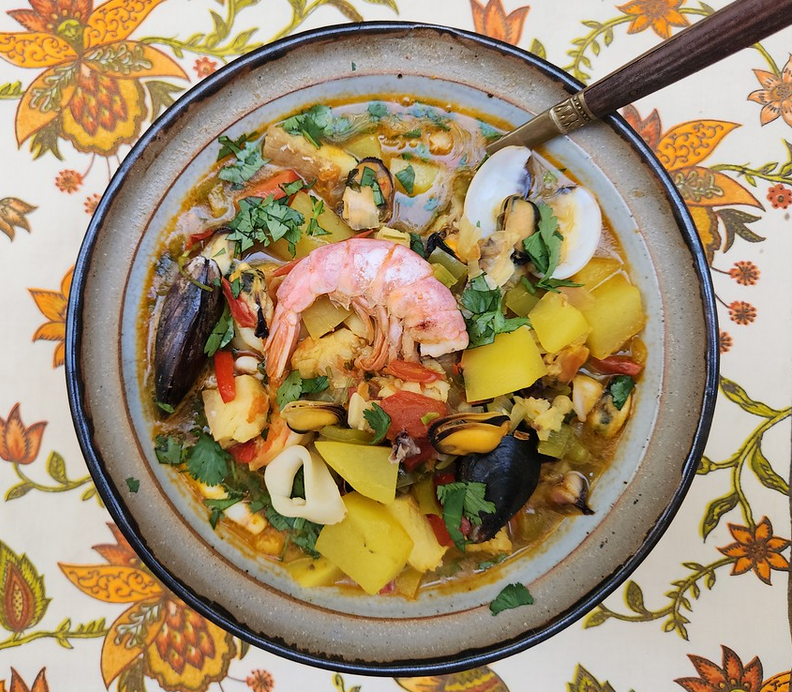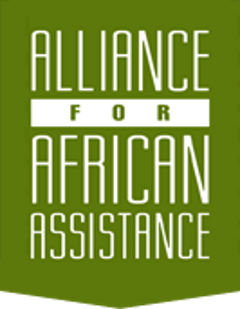Our International Music of the Month suggestion is Fado Camões by Portuguese singer Lina. The CD is a unique and compelling exploration of traditional Fado music intertwined with the timeless poetry of Luís Vaz de Camões, Portugal's most celebrated historical poet.
Produced by British musician and producer Justin Adams (known for his work with Robert Plant, Tinariwen, and others), the album presents a spacious and elegant soundscape where LINA_'s expressive voice takes center stage. The arrangements, featuring Pedro Viana on Portuguese guitar and John Baggott (of Massive Attack and Portishead fame) on piano and keys, create a captivating atmosphere that blends the traditional essence of Fado with subtle contemporary touches. Listeners can expect a journey through poignant melodies, heartfelt vocals brimming with "saudade" (a Portuguese word expressing a feeling of nostalgic longing), and sophisticated musical arrangements that highlight the beauty and emotional power of both the poetry and the Fado tradition.









